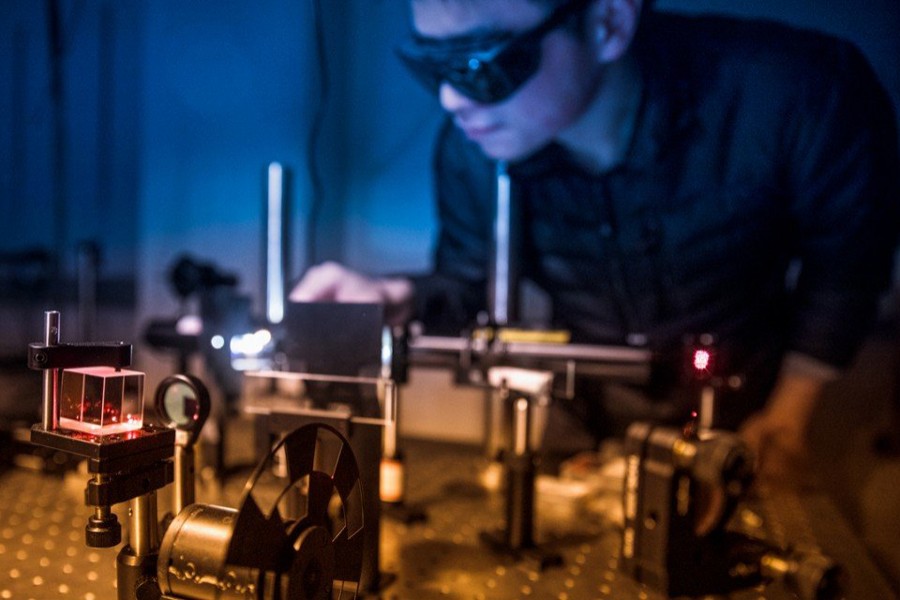A team led by University of Washington researchers reported on Thursday in the journal Science a new way to encode information using magnets that are just a few layers of atoms in thickness.
The findings may revolutionise cloud computing technologies and consumer electronics by enabling data storage at a greater density and improved energy efficiency.
The researchers used stacks of ultra-thin materials to exert unprecedented control over the flow of electrons based on the direction of their spins. The electron "spins" are analogous to tiny, subatomic magnets.
The materials that they used include sheets of chromium triiodide (CrI3), a material described in 2017 as the first ever 2-D magnetic insulator.
Four sheets have created the thinnest system which can block electrons based on their spins while exerting more than 10 times stronger control than other methods, reports Xinhua.
"Our work reveals the possibility to push information storage based on magnetic technologies to the atomically thin limit," said the paper's co-lead author Song Tiancheng, a doctoral student in physics at University of Washington (UW).
The researchers sandwiched two layers of CrI3 between conducting sheets of graphene. They showed that, depending on how the spins are aligned between each of the CrI3 sheets, the electrons can either flow unimpeded between the two graphene sheets or were largely blocked from flowing.
These two different configurations could act as the bits, namely the zeroes and ones of binary code in everyday computing, according to researchers.
"The functional units of this type of memory are magnetic tunnel junctions, or MTJ, which are magnetic 'gates' that can suppress or let through electrical current depending on how the spins align in the junction," said the paper's co-lead author Cai Xinghan, a UW postdoctoral researcher in physics.
In two layers of CrI3, the spins between each layer are either aligned in the same direction or opposite directions, leading to two different rates that the electrons can flow through the magnetic gate.
But with three and four layers, there are more combinations for spins between each layer, leading to multiple, distinct rates at which the electrons can flow through the magnetic material from one graphene sheet to the other.
"Instead of your computer having just two choices to store a piece of data in, it can have a choice A, B, C, even D and beyond," said the paper's co-author Bevin Huang, a UW doctoral student in physics. "So not only would storage devices using CrI3 junctions be more efficient, but they would intrinsically store more data."
"Although our current device requires modest magnetic fields and is only functional at low temperature, infeasible for use in current technologies, the device concept and operational principle are novel and groundbreaking," said Xu Xiaodong, the paper's corresponding author, a UW professor of physics and of materials science and engineering.
"We hope that with developed electrical control of magnetism and some ingenuity, these tunnel junctions can operate with reduced or even without the need for a magnetic field at high temperature, which could be a game changer for new memory technology."


